Services
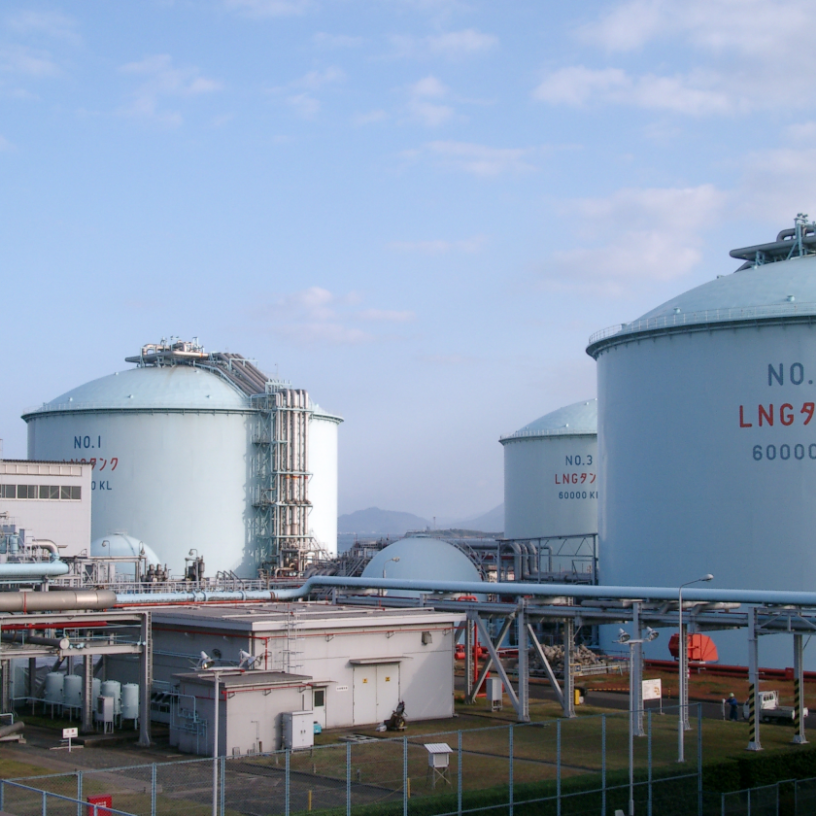
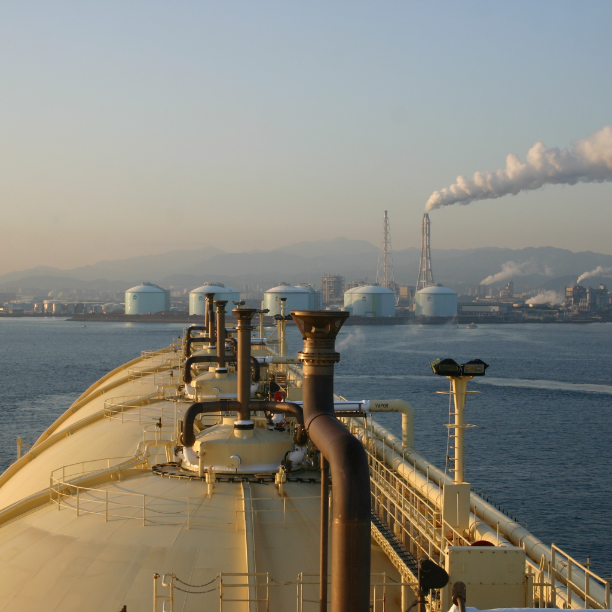
Ships have traditionally used oil as fuel, but by converting to LNG, their emissions of carbon dioxide (CO₂), nitrogen oxides (NOx) and sulfur oxides (SOx) can be greatly reduced,
in comparison to those emissions from heavy oil fuels.
As an increasing number of LNG-fueled ships are built in Japan and abroad, we are committed to meeting the demands of both the domestic and
Asian markets for LNG fuel and to embracing carbon-reduction and environmentally-friendly initiatives.
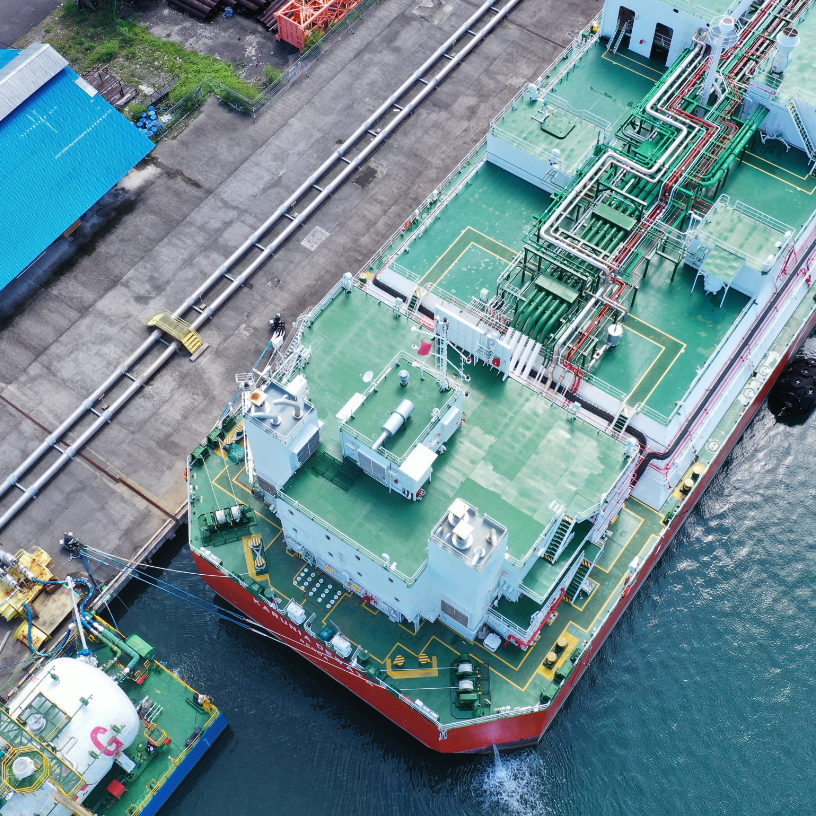
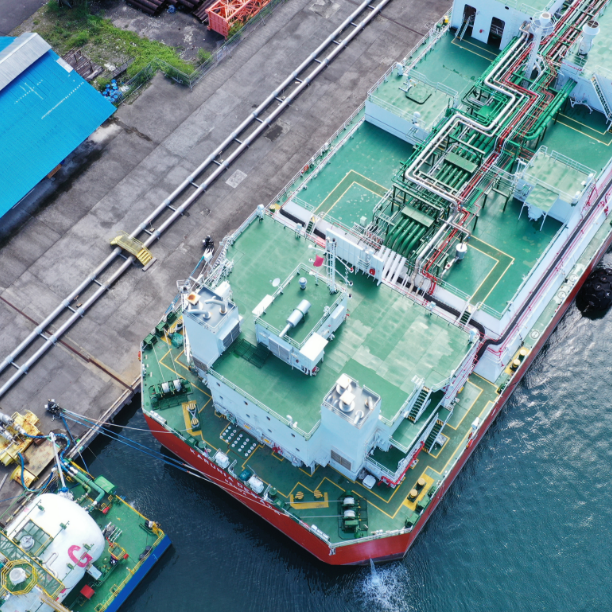
In developing this as a regional project over all of Kyushu and the Seto Inland Sea, this initiative is unprecedented, both in Japan and beyond, in its efforts to supply LNG fuel over a wide area.
By supplying LNG fuel to a wide range of vessels in this region, one of the world’s busiest in terms of vessel traffic, we will further accelerate the shift to LNG-fueled ships.
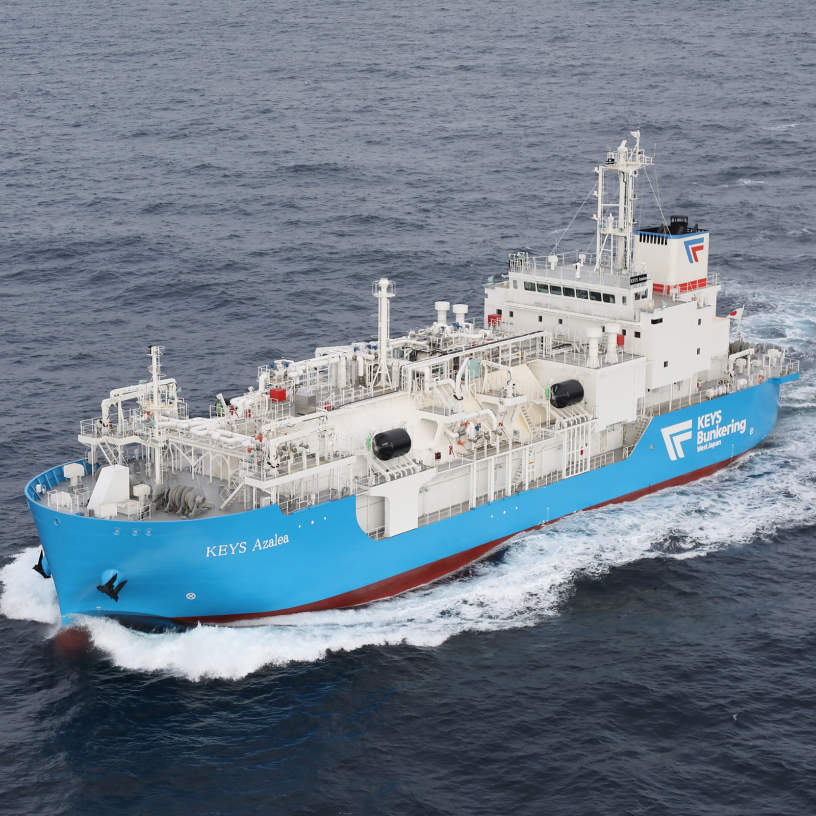
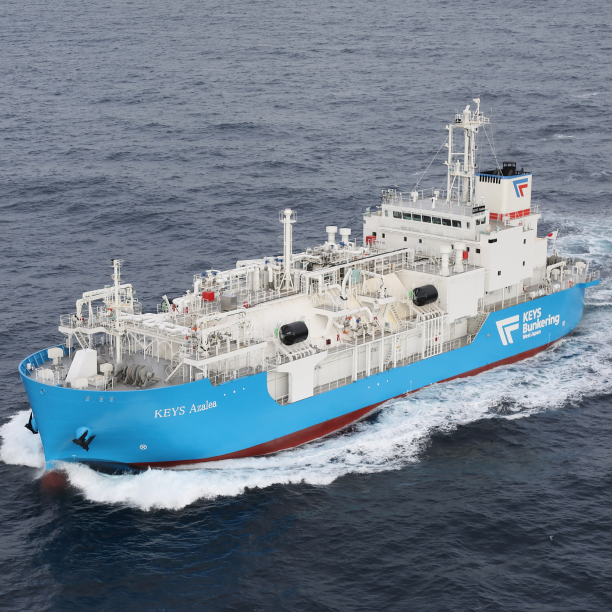
Using LNG fuel supply vessels, we will supply LNG fuel from our ship to yours, “ship-to-ship”.
Compared to supplying fuel from land-based facilities or tankers,
the ship-to-ship fuel supply method has the advantage of being more flexible, since it does not depend on the route or schedule of each vessel to be supplied.
Our LNG fuel supply vessels can meet a wide variety of fueling needs.
82.4 meters
18.2 meters
4.8 meters
Approx. 4,744 tons
3,500㎥
Electric propulsion
(Dual Fuel of LNG and Fuel Oil A)
March 2024
Mitsubishi Shipbuilding Corporation

